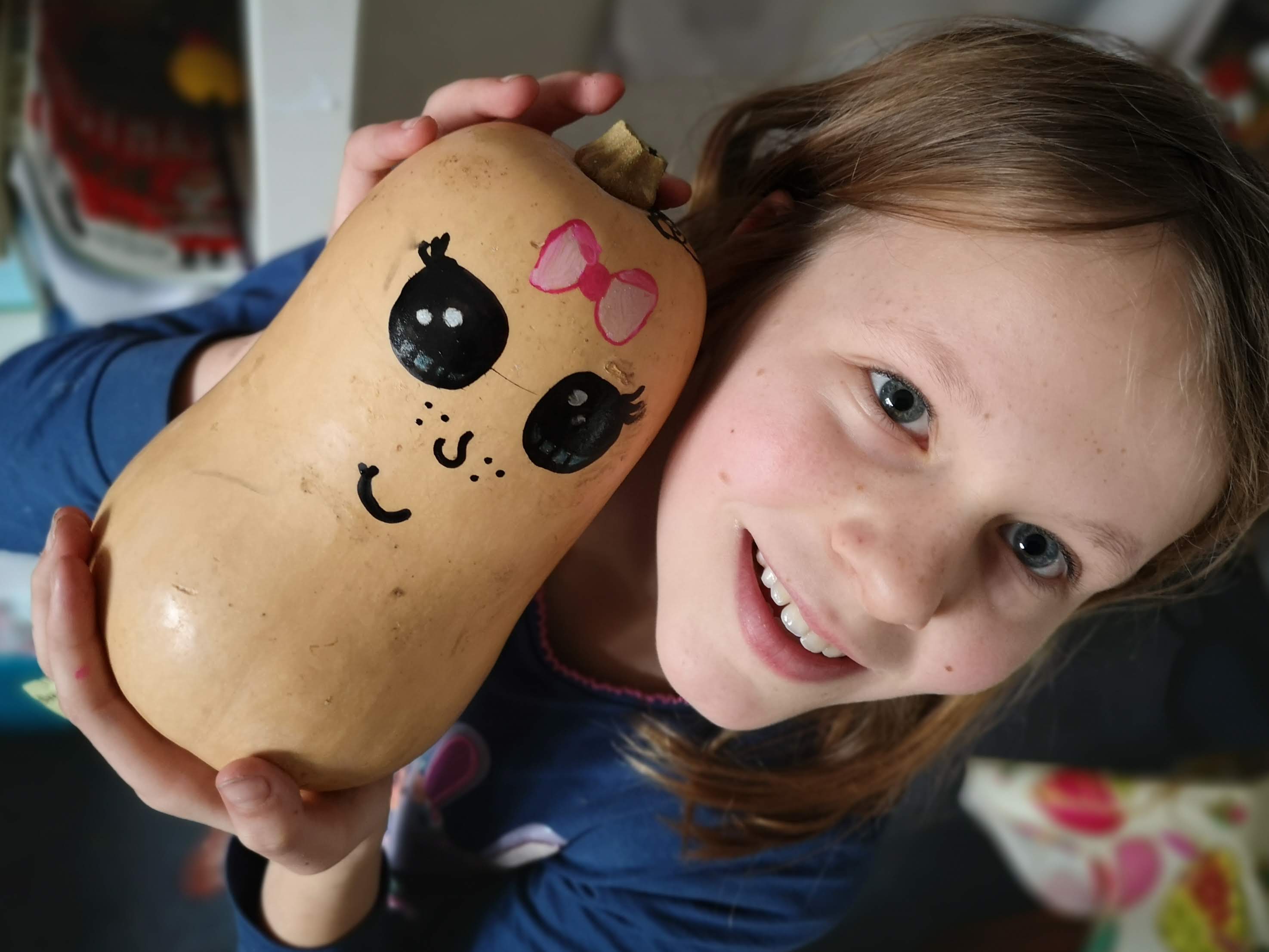Click here and press the right key for the next slide (or swipe left)
also ...
Press the left key to go backwards (or swipe right)
Press n to toggle whether notes are shown (or add '?notes' to the url before the #)
Press m or double tap to slide thumbnails (menu)
Press ? at any time to show the keyboard shortcuts
Psychological Continuity
[Olson’s formulation] If a person exists at one time and something exists at another time, under what possible circumstances is it the case that the person is the thing?
Answer 1: psychological continuity
Necessarily, a person existing at one time is a person existing at another time if and only if the first mentioned person can, at the first time, remember an experience the second mentioned person has at the second time, or vice versa.




[Olson’s formulation] If a person exists at one time and something exists at another time, under what possible circumstances is it the case that the person is the thing?
Answer 1: psychological continuity
Necessarily, a person existing at one time is a person existing at another time if and only if the first mentioned person can, at the first time, remember an experience the second mentioned person has at the second time, or vice versa.
interruption
yyrama -- weekly tasks
also do peer reviews
take your work to the seminar
tabula -- assessed work
[Olson’s formulation] If a person exists at one time and something exists at another time, under what possible circumstances is it the case that the person is the thing?
Answer 1: psychological continuity
Necessarily, a person existing at one time is a person existing at another time if and only if the first mentioned person can, at the first time, remember an experience the second mentioned person has at the second time, or vice versa.


Three inconsistent claims
Sam was an embryo; unless she recovers, Sam will be in a PVS
Person essentialism is true
Necessarily, a person existing at one time is a person existing at another time if and only if the first mentioned person can, at the first time, remember an experience the second mentioned person has at the second time, or vice versa.


person essentialism?
Hannah’s view
The butternut squash wasn’t always Annabel or any other person, and it won’t be Annabel (nor any person) later when I cook it.
This butternut squash, which is now Annabel, is identical with a seed.
The seed was never Annabel, nor any person.
Steve’s view
Hannah is a person essentially: being a person is not an attribute she could gain or lose without ceasing to exist altogether.
This person, Hannah, was once an embryo.
The embryo was a person.
Have I shown that
person essentialism
is true? No!
So what are you
trying to show?
Eventually, that
psychological continuity views
of personal identity
presuppose personal essentialism.
Three inconsistent claims
Sam was an embryo; unless she recovers, Sam will be in a PVS
Person essentialism is true
Necessarily, a person existing at one time is a person existing at another time if and only if the first mentioned person can, at the first time, remember an experience the second mentioned person has at the second time, or vice versa.
Two lines of objection to psychological continuity views
You were an embryo.
You can be psychologically continuous with more than one individual.